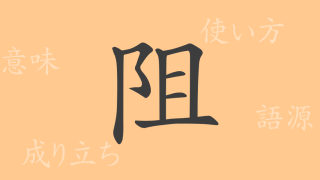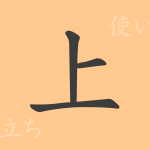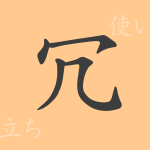The culture of writing in Japan boasts a deep history, with kanji at its core. One such kanji we often encounter is “丈(たけ)”. This article delves into the allure of the kanji “丈,” exploring its origins, meanings, and applications, as well as phrases and proverbs related to it.
Origins of 丈(たけ)
The kanji “丈” originates from ancient China, linked initially to the concept of length as a measurement unit. It evolved from a pictograph representing a ‘tall person’ and over time came to signify a measure of length. This character was introduced to Japan and adapted within its unique culture, broadening its meanings further.
Meaning and Usage of 丈(たけ)
“丈” has multiple meanings. It denotes a unit of length and also serves as an honorific for men, implying ‘gentleman’ or ‘person.’ In Japan, it is frequently used to specify the length of clothing. Metaphorically, it can also express ‘that extent’ or ‘that range.’
Pronunciation, Stroke Count, and Radical of 丈(たけ)
The kanji “丈” is widely used as a common character in Japanese.
- Readings: On’yomi (音読み) “ジョウ,” Kun’yomi (訓読み) “たけ”
- Stroke Count: 6 strokes
- Radical: One (いち)
Phrases and Proverbs Using 丈(たけ) and Their Meanings
There are numerous idioms and phrases involving “丈.” For example, “丈夫(じょうぶ)” means ‘very sturdy or hard to break,’ and “身の丈に合った” means ‘suitable for one’s capabilities or position.’ “丈の短い” signifies ‘short in duration or time.’ These expressions are commonly found in everyday conversation and literature.
Conclusion on 丈(たけ)
The kanji “丈” may seem simple but encompasses a wide range of meanings and uses, from measuring length to expressing respect for individuals. The broad expressive power of this single character highlights the richness of the Japanese language. Understanding the meanings embedded in “丈” used in daily life can enhance a deeper comprehension of Japanese.

























